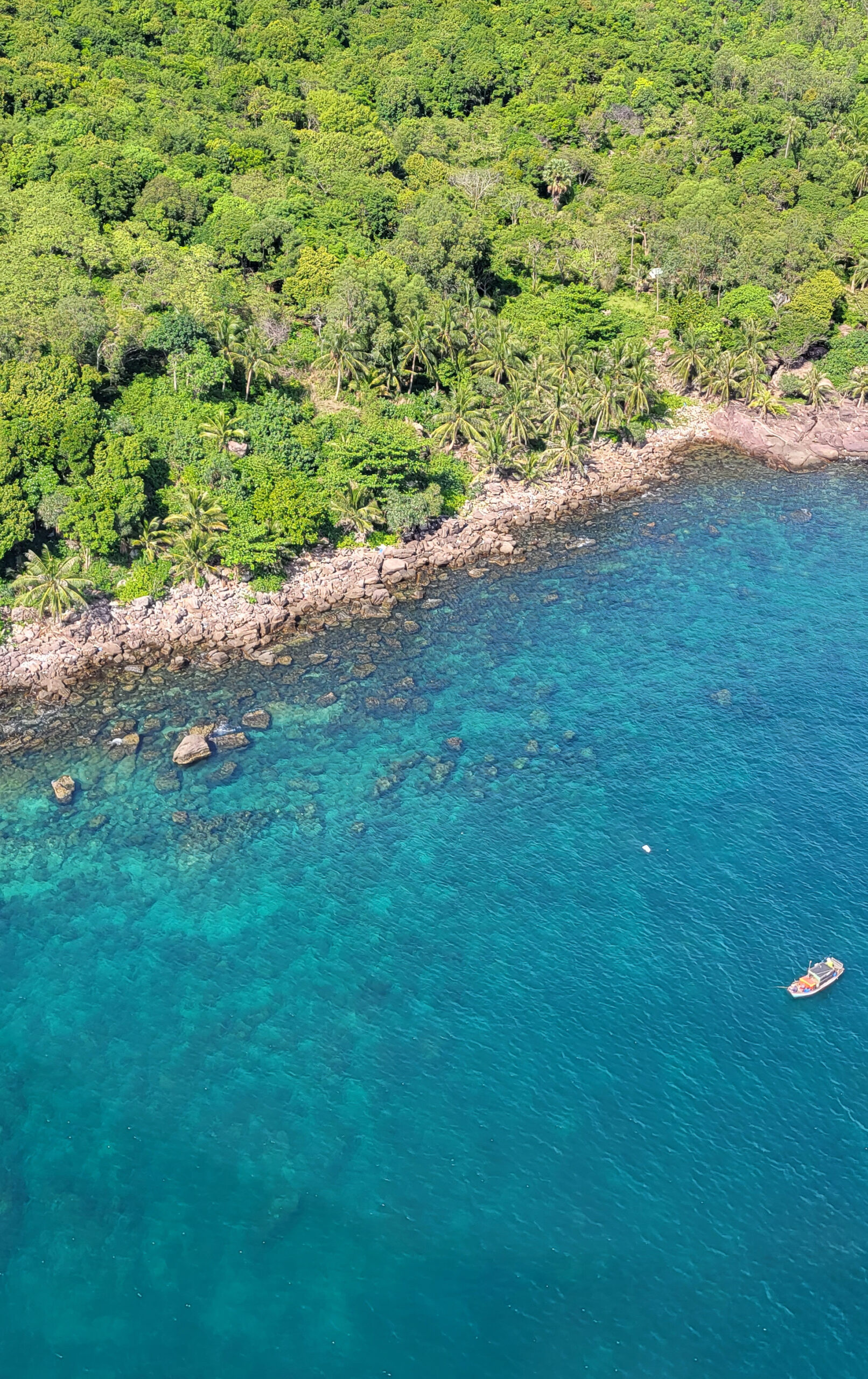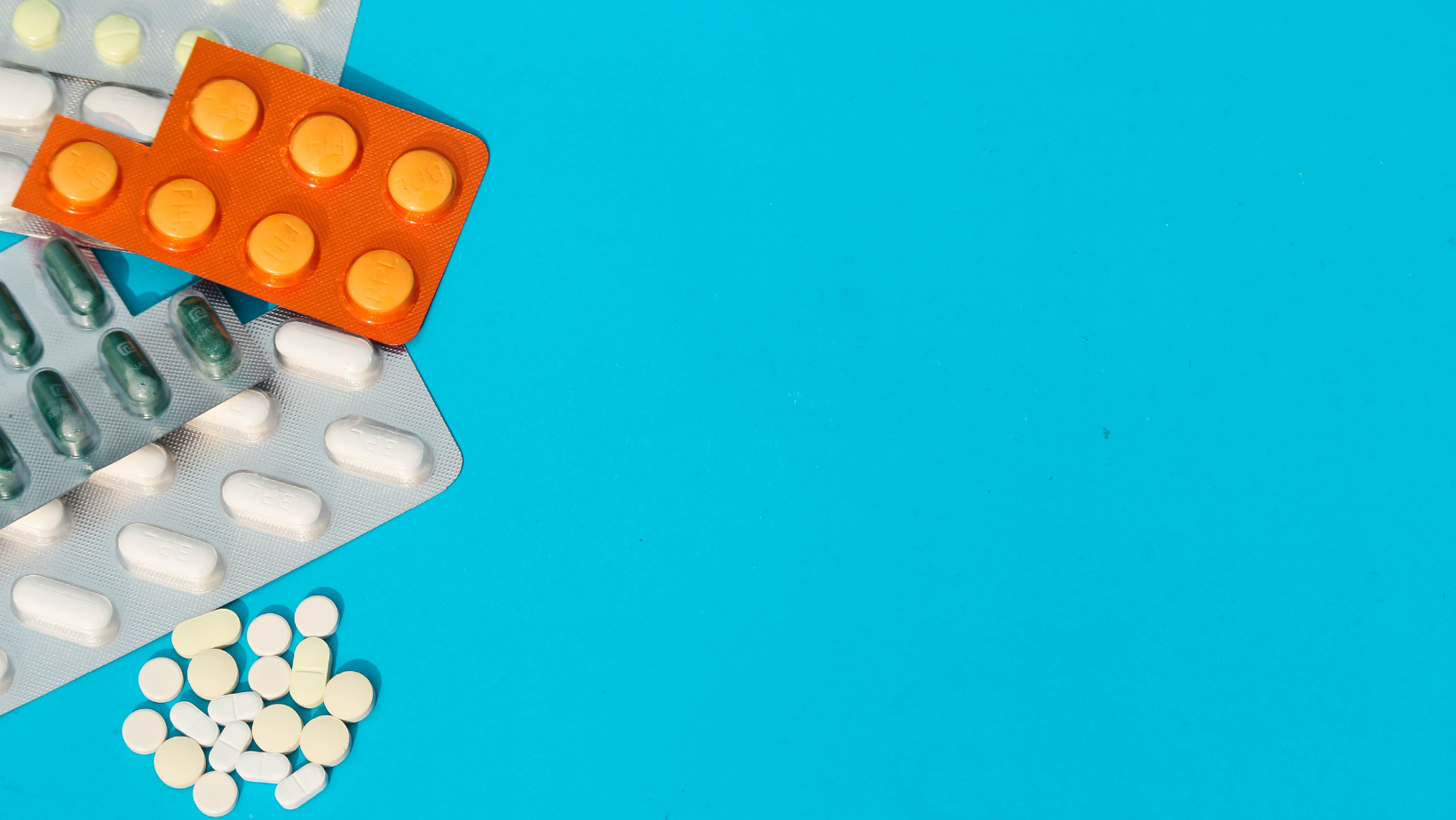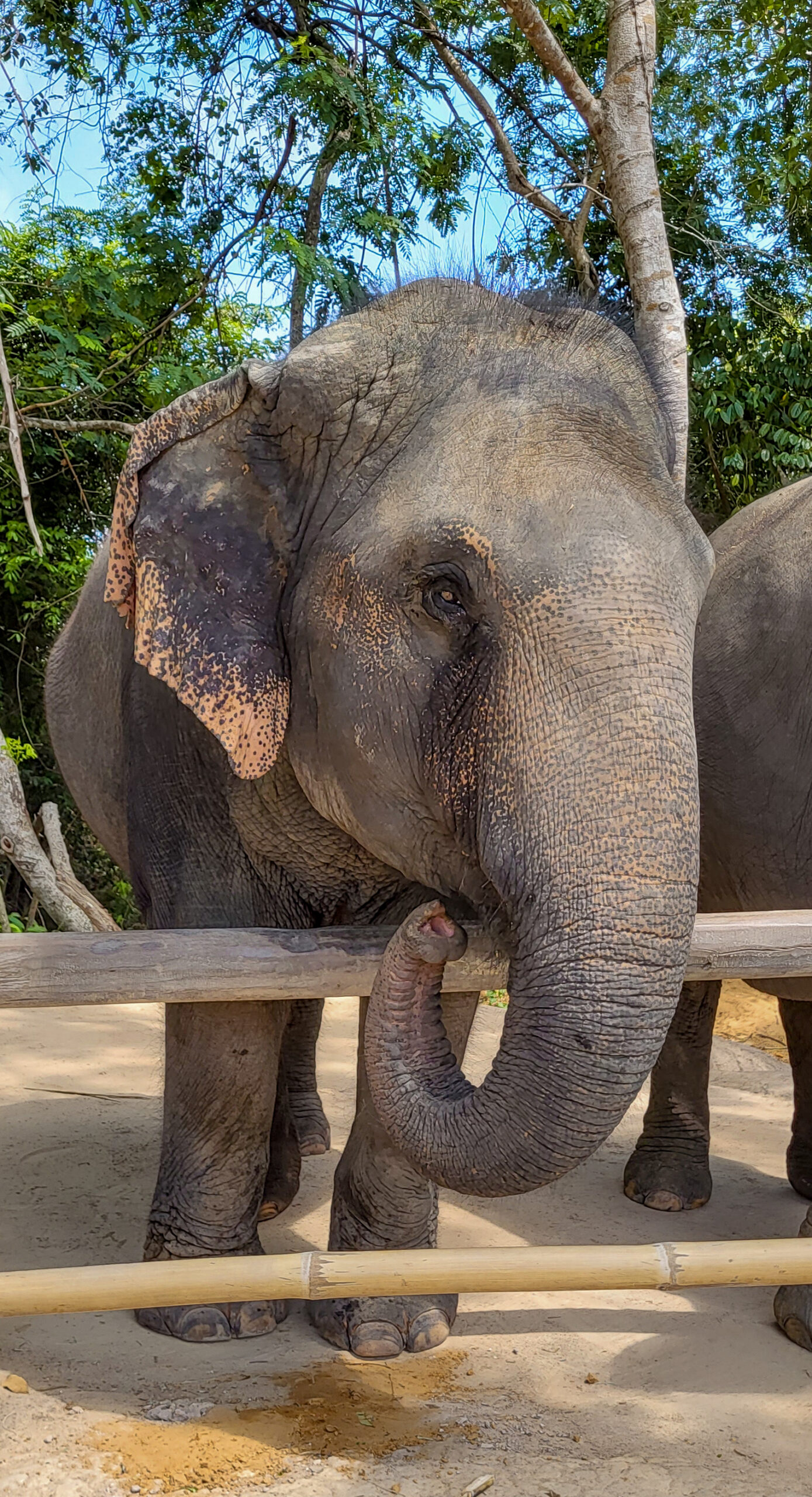Can animals in Asia be dangerous?
Southeast Asia is a region full of fascinating nature, as well as potentially dangerous and „unpleasant” animals. During my trip I had to deal with cockroaches, spiders, monkeys, snakes… I could go on and on! Animals in Asia are an interesting but also important topic due to the potential threat they may pose to visitors from different parts of the world. Below I present a list of animals and basic information related to treatment, protection and behavior when contacting them.
Cockroaches
I started the list with them on purpose, because they were the ones that most often spoiled my mood during the trip. Cockroaches in Asia are really large. They are not dangerous to humans, but for me personally they are simply disgusting. During the trip, I had to deal with them regularly and each time my reaction was the same: „UUUUGH!” I met them in hotel rooms (even good ones), on city streets, in the buses we rode, in shops and pubs where we ate.
If, like me, you feel disgusted by these creatures, one of the ways to protect your hotel room against them is permethrin. You can read more about this substance in my post about 5 non-obvious things that are worth taking on a long journey. Cockroaches can come out of drains, cracks in walls, floors or through cracks in doors and windows. It is best to spray these places with an insect repellent or neutralizer.
Spiders
No fooling, spiders are everywhere, Asia is absolutely no exception. Ha! In Asia you will meet a really large number of these creatures. In my case, I had the most experience with spiders in Bali and Java.
Kintamani, a Balinese region known for its massive volcano, is a paradise for arachnids. For reasons that are not entirely clear to me, there is also a very big problem with flies in this area. They are everywhere, they are extremely pushy and they sit on everything. So it seems natural that spiders have settled in this area, but what I saw… well, after these views, I guess nothing will scare me anymore 🙂
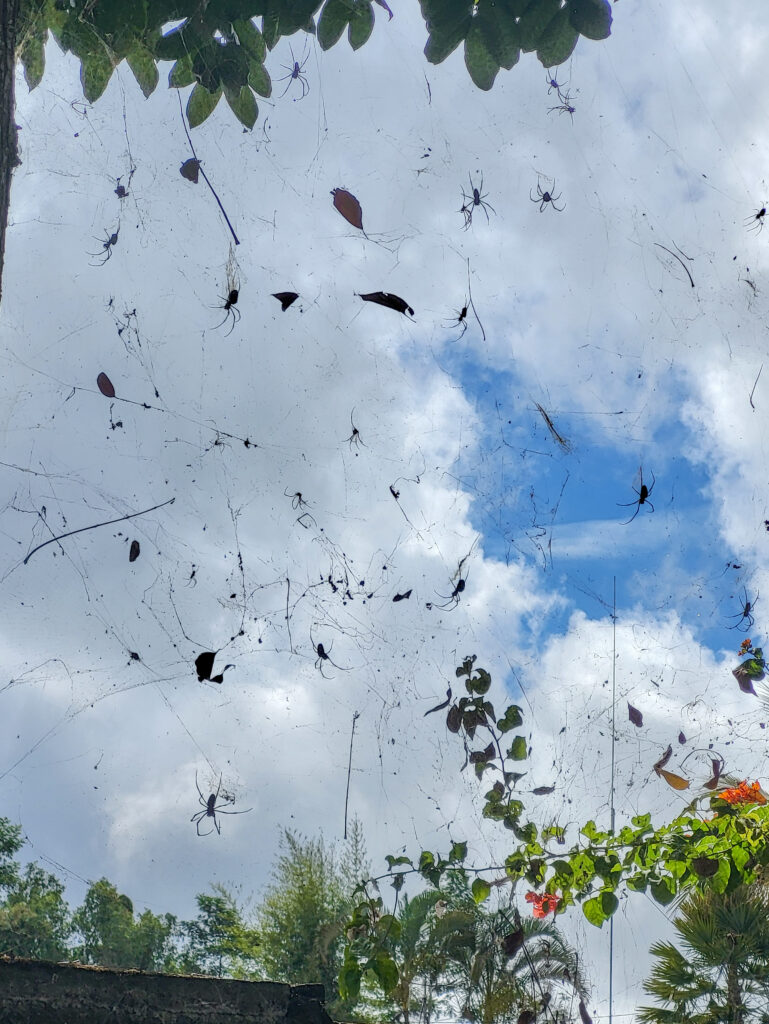
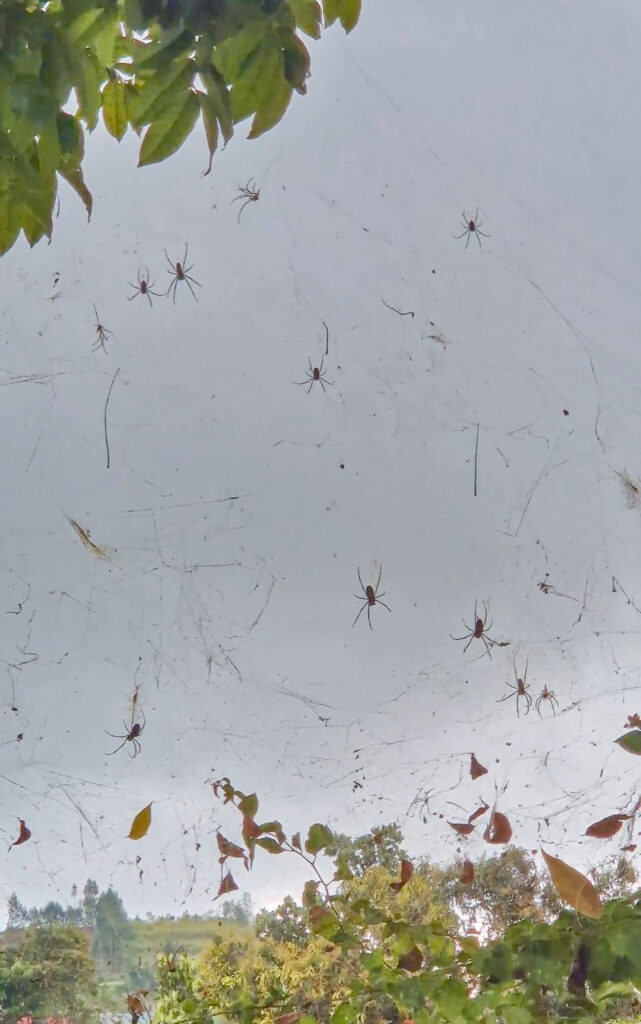
My personal trauma was a story in Java, when I was in the room and noticed a large spider entering R’s backpack. As we lived next to a banana plantation, I was concerned whether it might be dangerous to humans. I contacted our host who came to our rescue. He and his wife had a lot of fun finding my R. with a broom and me on the bed under a mosquito net. Anyway they saved us from an exceptionally fast and fat spider. I wouldn’t sleep even for a moment if I knew it was in my backpack.
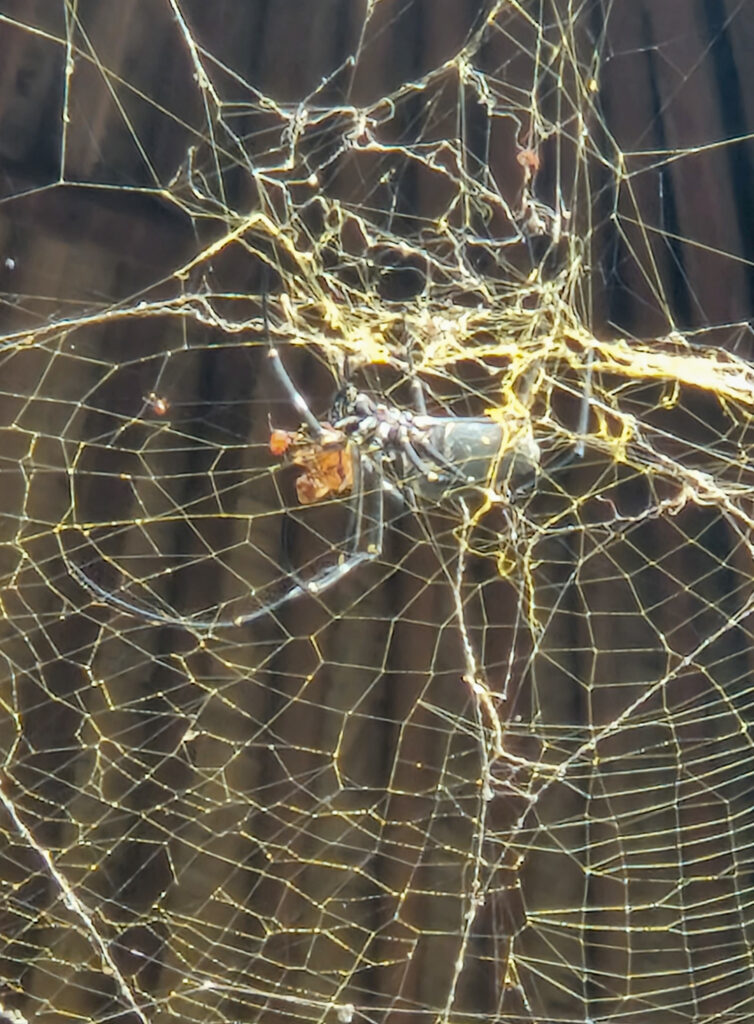
Snakes
Land snakes
Apparently, while walking through the Malaysian Botanical Garden on the island of Penang, I almost stepped on a small green snake. He was probably lying down on a concrete path heated by the sun. I walked past him, staring at the tall vegetation. R. was less lucky, he noticed the reptile and jumped away from it. The snake quickly hid in the bushes, and I didn’t even have time to look at it.
After research and R.’s story, I concluded that it was a „whip snake”, which, although poisonous, does not pose a threat to humans. Its venom is too weak to actually harm an adult. However, I wouldn’t want to be bitten.
Where will you encounter potentially dangerous snakes in South-East Asia?
- In parks and botanical gardens,
- In tea plantations in the Cameron Highlands in Malaysia,
- In rice fields ( venomous cobras are a problem in Bali, among others)
- In jungles, rainforests and grasslands,
The largest pythons in the world occur in South-Eastern Asia. Realistically, I think you have to be very lucky to encounter one in the wild. But that doesn’t mean it’s not impossible. We are mainly talking about carpet, reticulated or Burmese pythons. Not long ago, a python over 8 meters long, weighing about 250 kg, was found in Malaysia, probably becoming the world record holder in length. This year, also in Malaysia, firefighters intervened in one of the houses where three huge pythons literally fell out of the ceiling – you can see a video of the intervention HERE.
What to do in case of a bite?
- Don’t try to suck out the venom because it’s absurd,
- Don’t expose yourself to the sun,
- Do not use tourniquets, as this may result in tissue necrosis and amputation. You can apply it above the bite to spread the venom slower, never at the site of the bite and only if you know you may have a problem getting to a doctor quickly,
- Try to immobilize the limb, and get to the hospital as soon as possible. Try to remember what the snake looked like and as many details of the incident as possible. Try to remember where it happened, what you were doing, etc.
- The most important thing: don’t panic. An increased heart rate spreads the toxin throughout your body at a faster rate.
Even if a snake has bitten you, you may not be in any danger. Some snakes bite but are not poisonous. Additionally, if the snake has no plans to consume you (and 99.9% of the time it has no such plans, because we are too big for snakes), there is a chance that it „dry bit”. It means that he didn’t introduce venom. For a venomous snake, venom is its only weapon, which it doesn’t use up at the first sign of trouble. By the time it produces the toxin again, it’s almost defenseless and cannot hunt. Most snakes are shy and must feel a strong threat to attack. An unprovoked snake rarely attacks, so if you notice a reptile, simply move away from it.
*Of course, not every snake will run away at the sight of you. For example, Zararaks, from the rattlesnake subfamily, are extremely aggressive beasts for which the best defense is attack. Fortunately, they do not occur in Asia.
Sea snakes
Sea snakes have adapted to life in the warm waters of the Caribbean, Australia, Asia and Africa. Like most of their land cousins, they are timid and tend to avoid confrontation with humans. At least that’s the vast majority. We can only thank mother nature for giving them a rather gentle disposition, because their venom is considered one of the most dangerous for humans.
While walking on one of Balinese beaches, we came across the carcass of this reptile. I must admit that it was an interesting experience for me, to see a sea snake up close. It was of considerable size, I definitely would not like to meet it while diving.

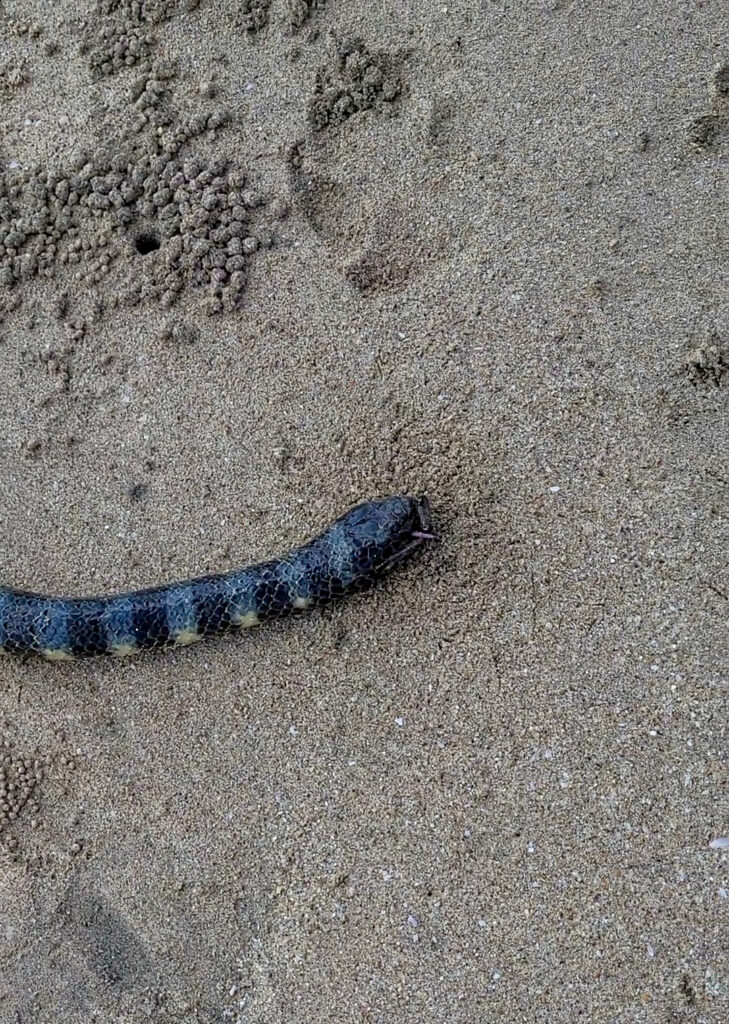
Interestingly, scientists know cases where sea snakes chased divers underwater. It turned out that it was related to the mating season of these animals. The males mistook the divers’ fins for the females of their species and tried to establish romantic relationships with the legs of people underwater 🙂
Monkeys
If you don’t see a monkey in countries like Thailand, Cambodia or Malaysia, you can say you’re unlucky. These animals are popular in cities in Asia and you don’t have to look for them in the wild.
I have mixed emotions about monkeys. On the one hand, I know that they can be charming and playful, on the other, aggressive and simply dangerous. We had a lot of contact with monkeys during our stay in Asia. Starting from Cambodia and visiting the Angkor complex, ending with Indonesian Java.
With monkeys, you must first of all be careful with your personal belongings. Phones, documents, glasses are popular targets for these little thieves. Secure your possessions well and do not provoke, and you should not find yourself the target of monkeys.
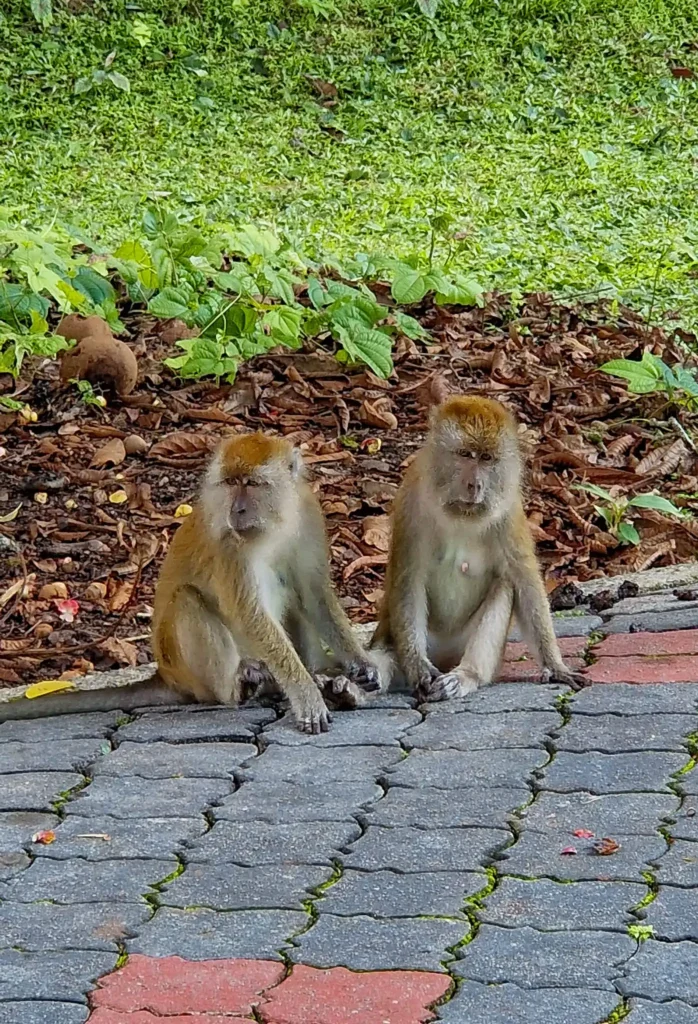
I remember two situations with monkeys in the main roles. The first one was in the Batu Caves near Kuala Lumpur. I walked down the middle of the stairs to be away from the railings where the monkeys were sitting. They were so brazen that they snatched away any plastic bags from tourists that they could find something to eat. If you had an unzipped backpack, its contents also fell into the hands of the monkeys. I witnessed one monkey taking a package of sanitary pads out of a lady’s purse 🙂
The second situation was in Bali. At one of the attractions in the southern part of the island, there were so many monkeys that the lady at the ticket office handed out sticks to tourists to scare away the intrusive animals. And she had a slingshot with her 🙂 It was a funny sight.
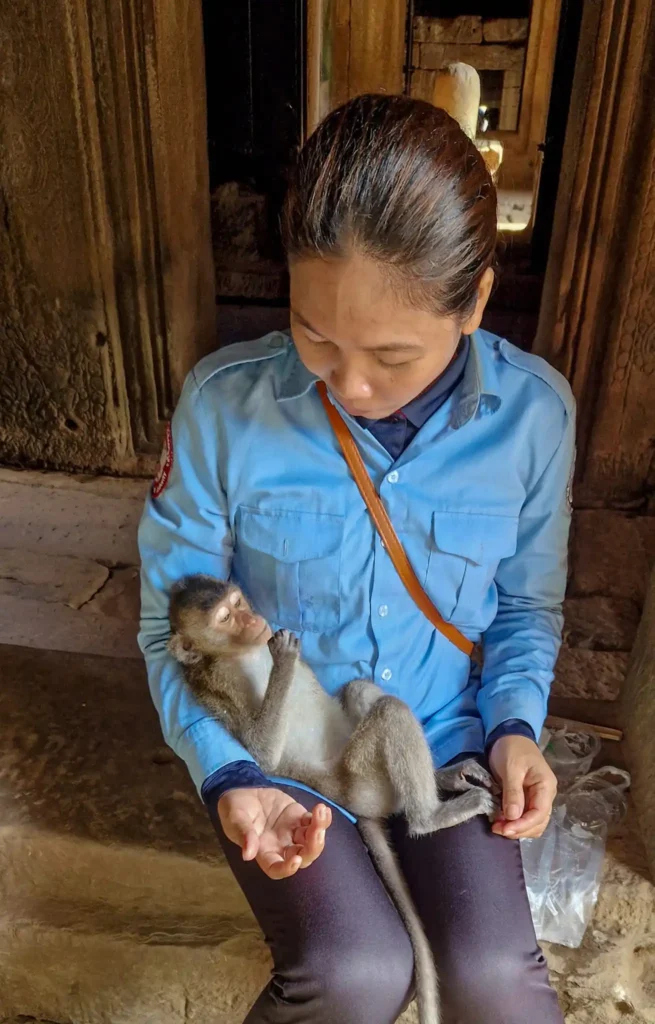
What to do if a monkey bites you?
Yes, it happens that a monkey can bite. If you have been bitten to the point of blood, the only right thing to do is to secure the wound and see a doctor immediately.
Unfortunately, it still happens that primates are carriers of rabies. This is an extremely rare situation, but it should never be ruled out – especially since it’s a 100% fatal disease. It means that if you get infected (and you are not vaccinated), there is no help for you. I must state this clearly: contracting rabies is a DEATH SENTENCE for the infected person.
Rats
Rats roaming city streets are a common sight in Asia. I saw most of them in Bangkok, Thailand, but I assume it was a coincidence. We also saw them in Malaysia and Indonesia. There were situations where we were sitting on the street eating at a local street food place, and next to the garbage bins we saw rats rummaging around. Walking through some markets, we literally had to be careful not to step on one. This is the charm of large Asian cities, I suggest you get used to this idea.
Although rats can, of course, carry diseases and pose a potential threat to humans, they should not pose a threat to tourists and people staying temporarily in a given place.
Jellyfish
Jellyfish are found in Asian waters, both on the eastern coast of the continent and in the surrounding seas. You can encounter various species of jellyfish in the waters, including some that are potentially dangerous to humans. They are the biggest problem in Thailand. They appear seasonally on the beaches of eastern and western islands, posing a threat to people.
The most dangerous jellyfish you may encounter in the waters of Southeast Asia is the „box jellyfish”. The burn is extremely painful and dangerous to human life. In extreme cases, death can occur even a few minutes after being burned!
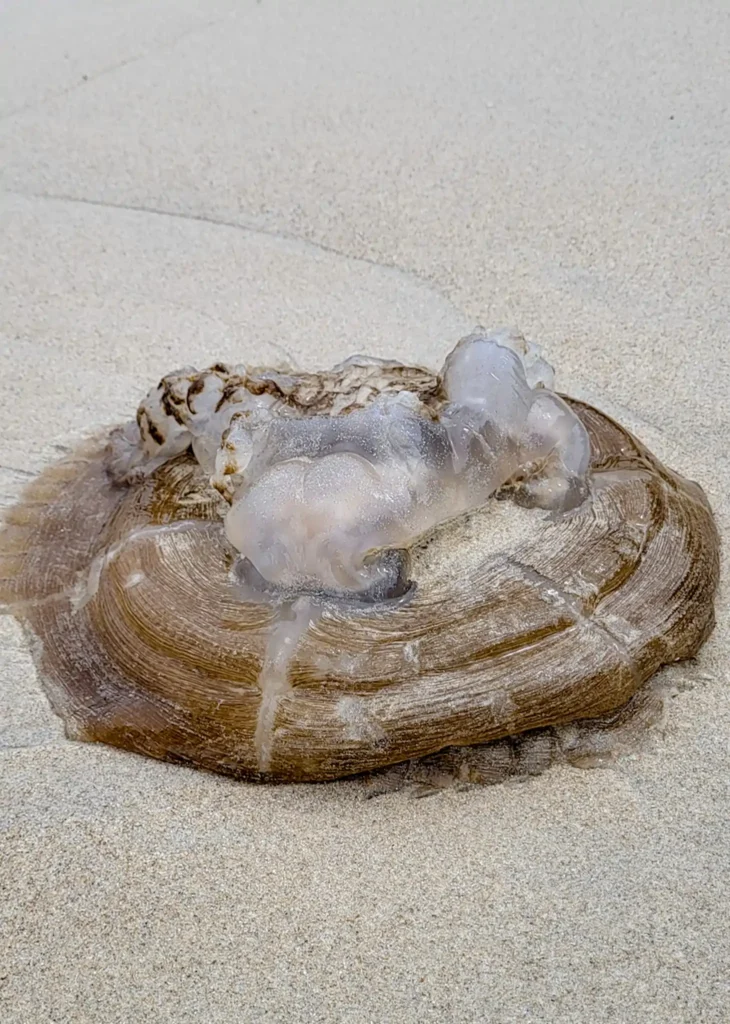
It should be added that most jellyfish are not dangerous to humans. Their stings usually cause only short-term skin ailments. Nevertheless, it is always worth being careful. Many jellyfish are invisible in water due to their transparent, gelatinous body. If you see them drifting in the water, don’t swim closer. Also, don’t touch them if you find them on the beach.
What to do if you get stung?
- First of all, get out of the water. If the victim cannot do it on his own, call for help. It’s safe to bathe in pairs or enter the water at a safe distance,
- Pour vinegar over the burn – lifeguards, restaurants and beach hotels usually have vinegar intended for saving people after contact with jellyfish (do not use alcohol, sand compresses or anything like that)
- If alarming symptoms appear (breathing problems, convulsions, accelerated pulse, no pulse), call for help, or take the victim to the nearest doctor.
- If there are any traces of ematocyst (pink threads) visible on the skin, remove them with tweezers.
Mosquitos
My personal archenemy – the mosquito. I have already mentioned many times how much mosquitoes like me. It’s no secret that I repeatedly underestimated protective measures, which made my legs look like I had chickenpox. In any case, I advise you not to underestimate these little parasites.
These nasty insects rank first on the list of animals most deadly to humans. Dengue, malaria, Japanese encephalitis, yellow fever… and this is not the end of the list of diseases that can be transmitted to humans! Tourists from Asian countries most often return with dengue fever, which is very dangerous to health and life. Disease is transmitted by tiger mosquitoes. Their name is related to the characteristic black and white stripes that appear on the insects’ bodies. For balance, malaria is almost non-existent in the regions of South-East Asia.
Mosquito protection:
- Use of insect repellents; repellents like MUGGA, Off,
- Clothing covering the body,
- Using a mosquito net over the bed (can be additionally sprayed with permethrin)
- Avoiding staying in open areas during dusk (especially near water reservoirs)
- Immunization against specific diseases (including Japanese encephalitis).
It may seem funny, but lush hair also helps protect against mosquitoes. Especially in places such as calves or forearms, which is exactly where these little beasts bite most often. Men have an advantage here, because let’s be honest, I can only blame them for having abundant hair :). Mosquitoes have trouble getting through the body’s natural defenses. Before they manage to get through, there is a chance that they will be neutralized.
Other animals in Asia
- Scorpions – Some areas of Southeast Asia are home to venomous scorpions. Their bites can be very painful and may cause allergic reactions in some people. Rather, they are not dangerous to humans.
- Terrestrial leeches – you can find them mainly in tropical forests, fresh after a downpour. If you want to read my story about leeches, please click HERE.
- Bedbugs – checking the bed in a hotel is important!
- Asian wasps and hornets – faster, larger and more dangerous than their European cousins.
Animals in Asia – Summary
To avoid dangerous situations involving these animals, it’s always a good idea to use common sense and take appropriate precautions when exploring. First of all, avoid approaching animals, regardless of their size or beauty, because any animal may react aggressively in a threatened situation. Don’t forget about protection against insects, especially during the seasons when mosquito-borne diseases are most common. It’s also worth learning about local customs and safety tips from local people and guides to enjoy nature responsibly.





